Battery Power System (BPS) for Railways
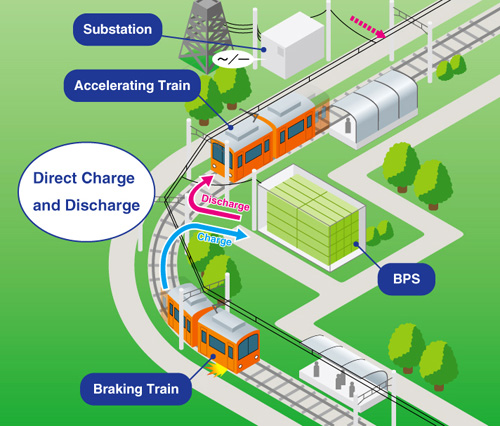
Energy Saving

Reduces overall energy consumptions by storing and reusing regenerative energy.
GIGACELL accumulates excessive electricity when the power supply line voltage rises, stabilizing line voltage. With today’s rail system, trains cannot generate the maximum amount of regenerative braking energy when there are no trains needing electricity nearby, or when the line voltage is too high. With the BPS, surplus energy can be stored in the GIGACELL, thus ensuring maximum use of regenerative braking energy at all times. Tests taken along a 750 V DC powered line resulted in 1136 kWh battery charges per day, which will add up to an equivalent of 160 tons of CO2 emission reduction per year.
Maximum Regenerative Energy Use
Stabilized line voltage prevents regenerative braking failure.
On the 750 V DC line where tests were taken, the train power systems will fail the regenerative braking when the voltage at the pantograph reaches 900 V. After the BPS was installed, the maximum voltage during regenerative braking was kept at 830 V, preventing regenerative braking failure from occurring.
Peak Shaving
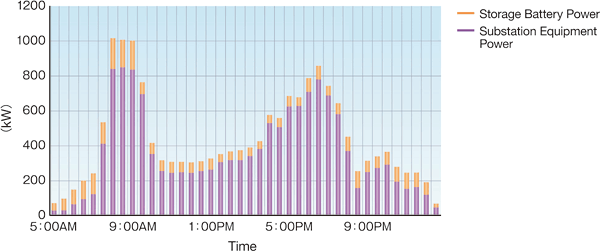
Power discharged from the BPS reduces power demand at all times, including rush hours.
Heavy train traffic causes higher power demand. On a 750 V DC powered line, BPS installed inside a substation discharged a maximum of 110 kW for thirty minutes, decreasing the substation’s power demand.
Emergency Runs

Batteries will power trains to the nearest station during a power outage.
A test was done to move a 10-car train to the nearest station (8200 ft. away). The train moved at 10 mph, with no need to turn off the air conditioning, lights, or other auxiliaries. The BPS is calculated to be capable of moving 17 trains for a distance of 4000 ft.
Line Voltage Stabilization

Charging and discharging stabilizes line voltage.
On a 625 V DC powered line, voltage fluctuation improved from 122 V to 64 V.
Alternative to Substations
The BPS can serve as an alternative to substations.
The BPS can be put in a location where a substation would be difficult to build, such as on the train platform, where it can supply energy as well as recycle regenerative braking energy.
Direct Connection to System
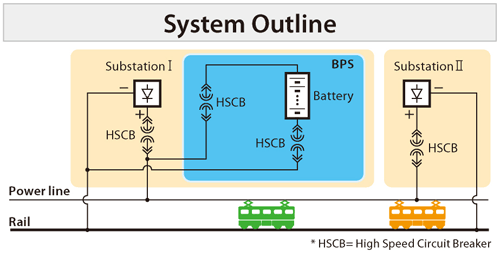
The BPS is connected to the power line, enabling the system to charge and discharge regenerative energy instantly and without loss, ultimately reducing costs.
Low Costs
No power controllers needed
No Delays and Losses
Max. use of regenerative energy
High Efficiency
No loss through controllers
No EMI
No effects to signal systems
Installed BPS
Osaka Subway
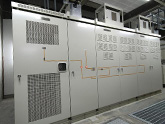
- Location:Osaka
- Supply year:2011
- Battery capacity:205kWh
- Use:BPS
Osaka Subway

- Location:Osaka
- Supply year:2013
- Battery capacity:204kWh
- Use:BPS
Tokyo Monorail
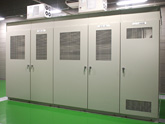
- Location:Tokyo
- Supply year:2013
- Battery capacity:203kWh
- Use:BPS
Tokyo Monorail

- Location:Tokyo
- Supply year:2014
- Battery capacity:203kWh
- Use:BPS
Sapporo Subway
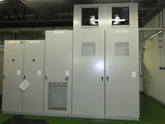
- Location:Hokkaido
- Supply year:2013
- Battery capacity:204kWh
- Use:BPS
Verification Tests
New York Subway
(NYCT)

- Third rail power line (625 V DC)
- Testing since February 2010
Washington D.C. Subway
(WMATA)
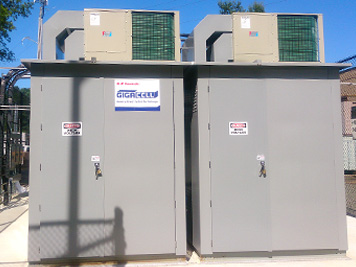
- Location:Washington D.C.
- Supply year:2012
- Battery capacity:385kWh
- Use:BPS
Link
GIGACELL is a trademark of Kawasaki Heavy Industries, Ltd. in Japan and the U.S.A.
Frequently Asked Questions

- SEE MORE
Contact
If you need more information about our business,
please feel free to contact us.







